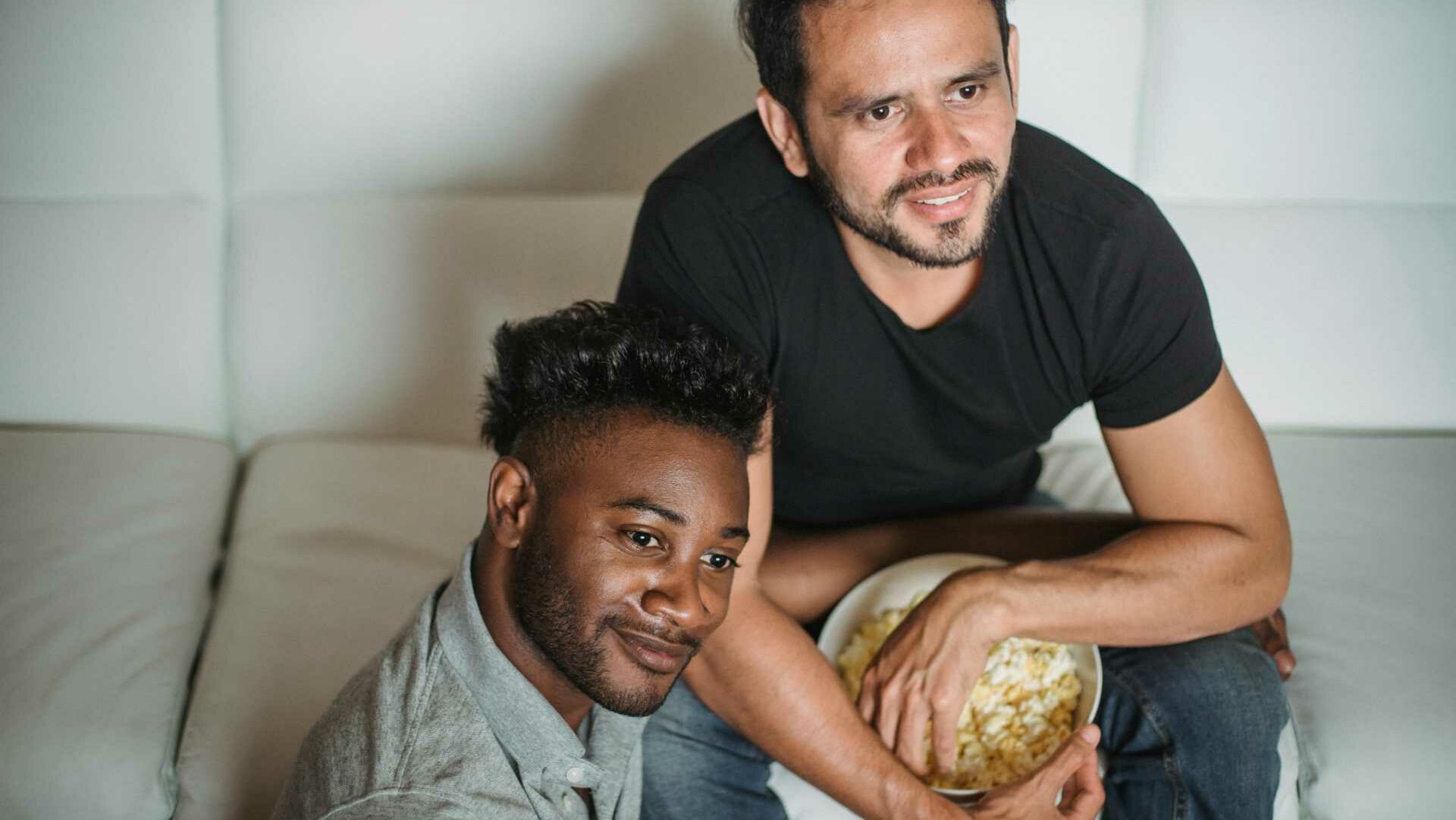
Artificial intelligence is increasingly woven into the fabric of modern romance, particularly within dating apps that promise more compatible matches through complex algorithms. These systems analyze vast amounts of user data—preferences, behaviours, demographics, and interactions—to suggest potential partners. For many, this represents an efficient way to navigate the often-overwhelming dating pool. But as AI plays a growing role in shaping our connections, a critical question arises: is this technology truly inclusive, or are queer singles being inadvertently sidelined by algorithms designed with heterosexual norms in mind?
The Promise and Peril of Algorithmic Matching
The allure of AI in dating lies in its potential to identify patterns of compatibility that humans might miss. By processing data points from age and location to stated interests and swiping habits, algorithms aim to streamline the search for meaningful connections. Major platforms like Tinder and OkCupid use these technologies, constantly refining them based on user activity. OkCupid, for example, calculates a compatibility percentage based on user answers to thousands of potential questions and stated preferences. Hinge’s algorithm learns from likes, profile interactions, and even post-date feedback to better understand user interests.
However, the very nature of these algorithms can also embed and perpetuate biases. If the training data predominantly reflects the preferences and relationship patterns of cisgender, heterosexual users, the AI may struggle to understand or adequately cater to the nuances of LGBTQ+ identities, attractions, and relationship desires. Early dating apps often provided limited options for gender identity and sexual orientation, forcing queer users into ill-fitting categories. While many platforms have expanded these options significantly – Tinder now offers over 50 gender options and nine sexualities – the underlying algorithms might still default to binary or heteronormative assumptions if not carefully designed and audited. This can lead to queer users being shown irrelevant matches or feeling misrepresented by the platform.
Data Deficits and Algorithmic Blind Spots
The effectiveness of any AI system hinges on the quality and representativeness of its data. For dating apps, this means capturing the diverse ways people identify, express attraction, and seek relationships. However, creating datasets that accurately reflect the LGBTQ+ community faces challenges. Historically, queer individuals have been underrepresented or marginalized in large datasets, potentially leading AI models to develop blind spots. Algorithms trained on biased data might incorrectly infer preferences or fail to recognize non-traditional relationship structures common within queer communities. This issue is compounded by the fact that collaborative filtering, a common technique where recommendations are based on the behaviour of similar users, can amplify existing biases if the initial user base is not diverse. Users whose preferences deviate from the statistical norm can be poorly served.
Furthermore, concerns about privacy and safety can make LGBTQ+ individuals hesitant to share detailed personal information, especially in regions where they face discrimination or legal risks. This necessary caution can inadvertently limit the data available to train more inclusive algorithms. Some users, perhaps feeling alienated by mainstream apps or seeking different forms of connection, explore alternatives, which can even include AI boyfriend and AI girlfriend chatbots like HeraHaven, designed for personalized interaction rather than matchmaking. While these chatbots fulfill a different need, their existence highlights how some individuals seek connection outside the bounds of traditional algorithmic dating. However, the core issue remains: ensuring the primary matchmaking algorithms themselves become more equitable.
Charting a More Inclusive Future
Addressing algorithmic bias requires a conscious effort from dating app companies. This involves actively seeking out and incorporating more diverse datasets, though this must be done ethically and with user privacy paramount. Designing algorithms that are flexible enough to understand identities and attractions beyond binary categories is crucial. Some platforms are making progress. OkCupid offers extensive gender and orientation options, and its compatibility score is based on detailed questionnaires rather than just swiping behaviour. Apps specifically designed for the LGBTQ+ community, such as Grindr, aim to provide safer and more tailored experiences, sometimes employing AI to connect users based on specific community needs and preferences. Taimi, for instance, markets itself as inclusive of the entire LGBTQ+ spectrum and uses AI to suggest connections based on preferences and in-app behaviour. Grindr states it primarily uses AI for safety purposes like detecting spam.
Beyond technical fixes, fostering inclusivity requires a shift in design philosophy. Some researchers suggest de-emphasizing initial sorting based on fixed categories like race or even gender, perhaps by prioritizing shared interests first or using algorithms that learn dynamically without relying heavily on predefined labels. Allowing users more control over how they are seen and who they see, while implementing robust safety features against harassment and discrimination – which disproportionately affect LGBTQ+ users – is also vital. Companies need to invest in diverse development teams and AI ethics frameworks specifically focused on the needs and safety of queer users.
Ultimately, the goal is to ensure that AI-powered dating platforms live up to their promise of connection for everyone. While technology offers powerful tools, it reflects the values of its creators and the data it learns from. Ensuring queer singles aren’t left out of the algorithm requires ongoing vigilance, thoughtful design, and a genuine commitment to inclusivity from the tech industry. The journey towards truly equitable AI dating is complex, but necessary, to create digital spaces where all individuals can seek relationships authentically and safely.
